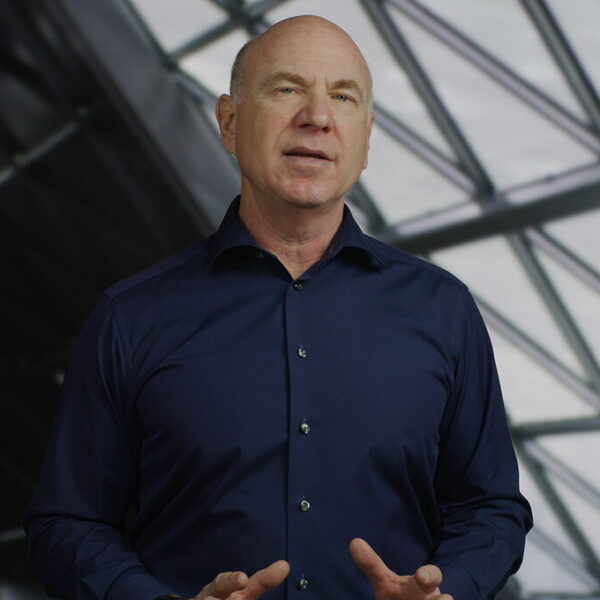
DEC. 3, 2014 • Nvidia has been one of the two major players in computer graphics products for more than a decade. That was not always the case, however. In the mid-1990s the company was a relative unknown in a flood of new technology companies attempting to carve out market share in the new 3D graphics business for computer games. A lot has changed since then with Nvidia actively augmenting its longstanding and successful PC graphics gaming business by emerging as a significant supplier of technology to video game console makers plus branching out into mobile processors, super computers and handheld Android-based gaming devices. To better understand where Nvidia is today and where the company is going, DFC Intelligence spoke with senior vice president of the GeForce Business Unit, Jeff Fisher in an Nvidia Interview of the “Next Generation.”
DFC: You have been with Nvidia since the beginning in 1994. Please describe the company, its business model and product plans when you joined the team. How many people worked there at the time and how did you rate the company’s chances for success?
Jeff: I met Jen-Hsun Huang in 1994 and was quickly sold on his vision to change the PC into a gaming platform. The investors and team he had assembled were the best, extremely smart and motivated to build a great company. There were about 20 people at Nvidia when I joined as vice president of sales. There were lots of late nights, pizza dinners, folks sleeping in their offices and staff meetings at the ping pong table. It was obviously a big challenge, but I knew it was going to be a lot of fun along the way.
Then and now, what stands out is the company culture. Innovation, risk-taking and intellectual honesty are the pillars on which Nvidia thrives.
DFC: Back when you released the Riva 128 in the late 1990s there were dozens of competing 3D chip architectures. What made Nvidia’s technology different to be able to compete and eventually become a leader in the segment?
Jeff: Indeed, I would guess 40 to 50 graphics companies have come and gone since Nvidia was founded. There are several factors that allowed us to lead the industry over the years, but it probably boils down to innovation and execution.
Look at screenshots from Virtua Fighter or Daytona back in 1996 when we first got started and compare them to some of the latest games like Assassin’s Creed. The advancements in PC graphics are amazing and we take for granted what is possible today. Just imagine what the next 15 years holds for gamers. We’ve had setbacks like any company but we’ve always learned from them and gotten stronger as a result.
DFC: Now for comparison purposes please describe Nvidia today. How many people work there now, how has your business model adapted and changed and what are your major products?
Jeff: We have about 9,000 Nvidians worldwide today with three main business focus areas that all leveraging our visual computing leadership: gaming, enterprise, and mobile.
To best understand and address the needs of these markets, we have evolved from a supplier of components to a platform company. For example, GeForce is now the world’s largest PC gaming platform. With our development of GameWorks and GeForce Experience, we have delivered tools to developers to create advanced effects in games while assuring every gamer, regardless of his PC configuration, gets the best possible experience.
Recently we’ve extended our gaming solutions to the Android market. As we led the growth of the PC as a gaming platform we want to do the same for Android. We see a large opportunity here. As with the PC, this market needs great gaming hardware to power great games. We believe Nvidia is best positioned to deliver this, so we created our SHIELD family of devices.
DFC: What are the current trends in the desktop GPU business? What do gamers want, and what are they buying?
Jeff: A major driver of the PC gaming market has not changed – the desire for ever-improving visual experience. Gamers want to enjoy the latest games on their PC. They want their games to run hassle free. They want smooth, immersive graphics, uninterrupted with visual artifacts and heat or noise from the system. This becomes more challenging as production values of games increase, pushing the GPU even harder.
It is this challenge that drives our engineering team. We have just launched our 10th generation GPU architecture – Maxwell. The Maxwell-based GeForce GTX graphics cards are 2X the performance and the power efficiency of their predecessors.
But we don’t limit our work on the gaming experience to our GPU. Recently we introduced a technology called G-SYNC, which solves a decades old problem: synchronizing a gaming monitor’s refresh rate to the GPU’s render rate. G-SYNC is designed into a gaming monitor, and when paired with a GeForce GPU, it eliminates screen artifacts such as tearing and stuttering, providing a buttery smooth gaming experience.
DFC: The desktop PC business is shrinking overall. What are the trends for desktop systems used for gaming? Is the demand for graphics cards staying even, growing or tapering off?
Jeff: PC gaming is strong, and our GeForce gaming results reflect that. The PC remains the ultimate gaming platform. Its openness fosters new business models for game developers, like free-to-play. Games like League of Legends and Dota2 are not just driving PC gaming growth, but have attracted millions of viewers to competitive e-sports.
The scalability of the PC platform allows every gamer to personalize a system to their individual needs and budget. It also allows every system to play the latest games, as well as favorites released years ago. But most important, the PC can be upgraded to the latest graphics hardware. As the production value of games continues to increase, now rivaling motion pictures in many cases, your PC will be ready to deliver the best possible experience.
With the latest generation consoles now on the market, we don’t see any platform that can complete with the PC for the foreseeable future. And our roadmap should continue to excite GeForce gamers for years to come.
DFC: When do gamers usually decide to upgrade their graphics cards?
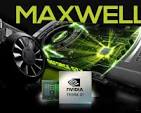
Jeff: Our GeForce business includes DIY gamers who build their own PCs and those who purchase a pre-built PC, often to their own specs, from a boutique system builder. Over the past several years the performance gains offered by the GPU has pulled away from other components in the PC. As a result, we’re seeing more gamers who simply upgrade their current PC with a new graphics card. And the power efficiency of our new Maxwell GPUs makes it a great upgrade for almost any existing PC chassis.
Whether upgrading a complete system or just the GPU card, gamers are motivated to get a better gaming experience. Whether to play the latest games or to enjoy an older game at higher resolution, the latest GeForce GTX graphics card is the best upgrade for a gaming PC. Typically we see gamers upgrading their GPU every two to three years. When a demanding new game or a new graphics architecture like Maxwell is launched this can drive a faster upgrade cycle.
DFC: How have consumers and developers taken to the GeForce Experience? What kind of adoption rate is GFE achieving?
Jeff: PC gamers love the scalability of the platform but it can create frustration when you’re trying to set up every game for the best experience on your PC.
With 50 million-plus installs, GeForce Experience is proving to be exactly what we intended it to be: the companion application for a GeForce graphics card. It keeps your PC up to date, tuning it for new games as they are launched. It downloads the latest Game Ready Drivers and automatically optimizes your game settings. And we are extending the capability of GFE, recently adding ShadowPlay and GameStream.
ShadowPlay records gameplay, which can then be shared or posted anywhere. It even lets you instantly broadcast your gameplay in an HD-quality stream through Twitch.tv.
GameStream technology brings high-intensity, low-latency PC gaming to SHIELD devices. It harnesses the power of GeForce GTX graphics cards to stream games from your PC to your SHIELD device over your Wi-Fi network. GeForce Experience optimizes your game settings for the best GameStream experience
DFC: Tell us about Maxwell, your latest architecture, and the hardware roadmap for your GPU products after Maxwell?
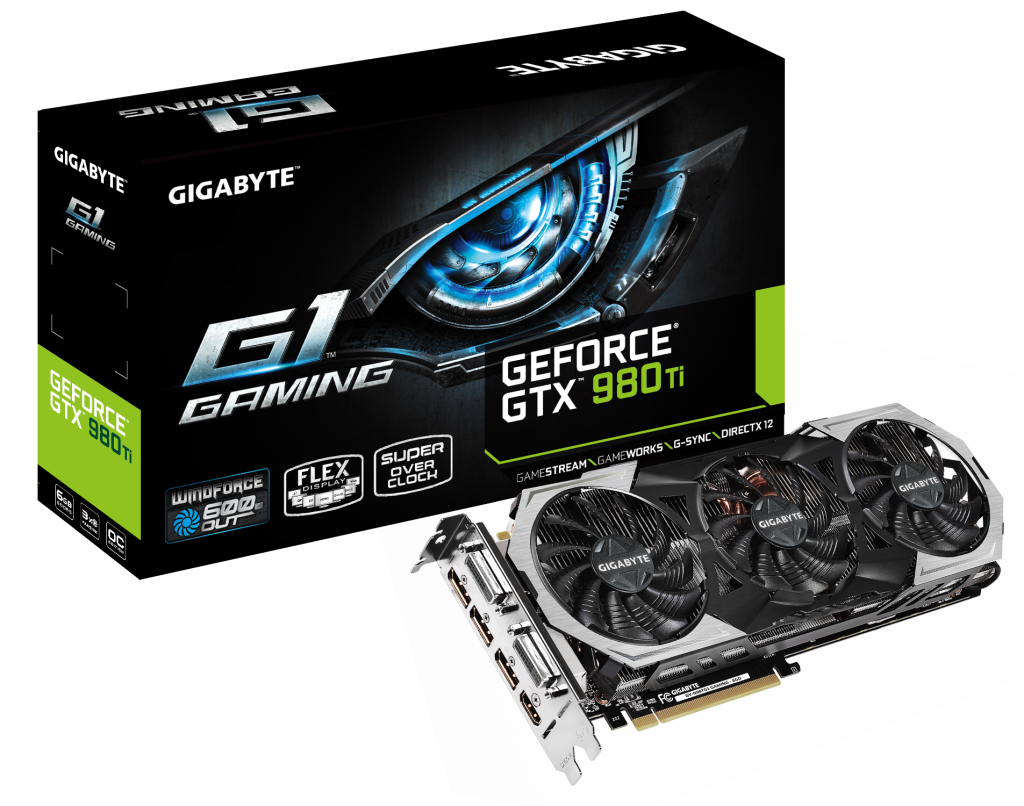
Jeff: Our 10th generation GPU architecture, Maxwell powers a great lineup of GPUs and offers innovative features that gamers will love.
Maxwell delivers unmatched performance and power efficiency in the latest GeForce GTX GPUs. The GeForce GTX 980 is the world’s fastest graphics card, while the GTX 970 offers the fastest performance in its class. Both deliver a staggering 2x performance leap over previous-generation cards while being efficient, quiet and cool.
Maxwell-powered GPUs are the first with the ability to dynamically render indirect light using our new VXGI (Voxel Global Illumination) technology. With Dynamic Super Resolution (DSR) technology – which uses an advanced filter to scale down an image to fit the monitor – these GPUs provide gamers with a near 4K experience on a 1080p monitor.
And we are nowhere near done. We have more ideas and are developing more features and tools that will further enhance the PC gaming experience.
DFC: The last we heard you had 300 engineers working on a library of high-end visual effects that developers can leverage for their titles. Tell us more about this program. Are developers making use of it, and how?
Jeff: GameWorks is our platform for game developers that helps them build exquisitely cinematic and immersive gaming experiences. It includes a robust suite of tools and graphics technologies. The key to the GameWorks platform is our hundreds of visual effects engineers, who develop libraries, developer tools and samples. They also work closely with game developers.
GameWorks is good for gamers and helpful to game developers. The incredible details in effects such as hair, clothing, lighting, destruction and water make games more immersive. We create algorithms and build toolsets to advance these effects, and provide them to developers through GameWorks.
Many popular game engines use GameWorks components, making it easy for these capabilities to get into new games. Over half of all the top PC games in 2014 include Nvidia-derived technologies.
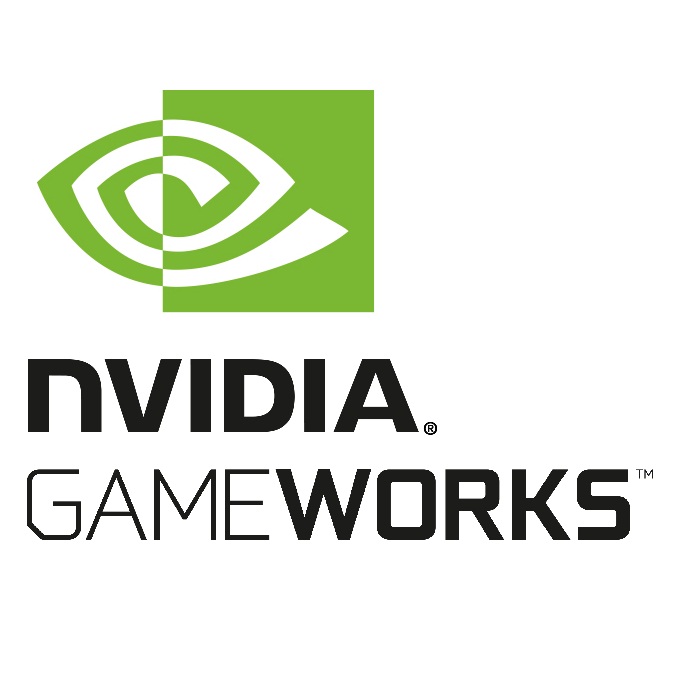
DFC: Nvidia is making a big investment in Android gaming with its SHIELD hardware. We know you see a great deal of similarity between where the Android platform is today and the PC platform was in the 1990s as a vehicle for playing games: open platform and huge installed base, etc. Why do you think there is a demand for high-end games on Android?
Jeff: Android is the most popular and fastest growing OS in the world, covering smartphones, tablets, TVs, cars and more. With its massive installed base, the platform is ripe for developers to find gamers looking for a great gaming experience.
At the same time, gamers value mobility more than ever, and they are connected more than ever. The mobile platform, however, remained under powered. It lacked the ecosystem and hardware capabilities to deliver the experience that many gamers want. The time was right to add our visual computing capabilities to the mobile platform. We believe gamers on Android will come to demand the same rich experience they get on other platforms. And we are helping enable that.
DFC: You launched SHIELD some time ago. Now you have a new SHIELD tablet. What have you learned so far from your experience in the market? How does the SHIELD tablet improve on what came before?
Jeff: It’s clear that folks love to play games on Android. The Google Play Android market generated roughly $250 million in revenue in the first quarter, up 2.5 times from a year earlier. And 90% of those revenues came from games.
So far, Android gaming has largely been confined to casual games but that’s going to change. We see a different future for Android gaming. That’s why we introduced our family of SHIELD devices. The SHIELD tablet and SHIELD wireless controller join our fantastic SHIELD portable, which we continue to sell, support and update.
Each of these devices is built to offer an incredible Android gaming experience and to work great with games streamed from a PC. Each is purpose-built to give gamers exactly what they need.
DFC: What kinds of tools is Nvidia providing developers to help them bring high-end games to Android?
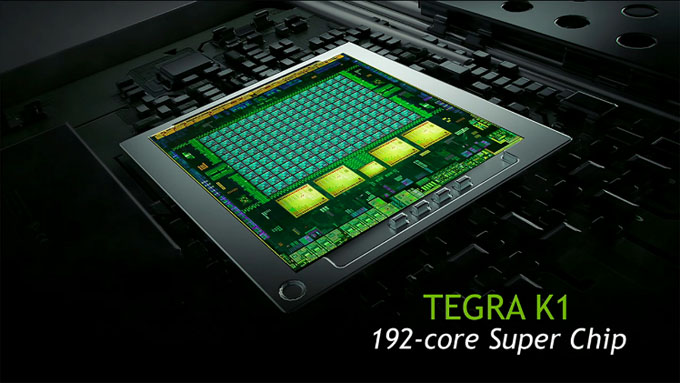
Jeff: For gaming, we have the most extensive tool offering in the industry. It starts with Tegra K1, which brings the Kepler GPU architecture to mobile, enabling true next-generation gaming experiences. It’s the same parallel processing GPU architecture that is found within powerful supercomputers and graphics cards. Tegra K1 supports the most advanced game engine, the Unreal Engine 4, and graphics technologies – including OpenGL 4.4, OpenGL ES 3.1 and DX12.
Tegra K1 is also the first processor to support Google’s new Android Extension Pack as part of the recent Android Lollipop release. AEP extends OpenGL ES with state-of-the-art graphics capabilities to support PC and console-caliber games on Android. To show off Lollipop and AEP on mobile gaming, Google debuted ”Rivalry,” Epic Games’ latest UE4 demo, powered by Tegra K1, during their I/O keynote.
We also offer developers the Tegra Android Development Pack. The most recent update includes major feature upgrades to all developer tools and provides developer support to build, debug, analyze and profile for CUDA 6.0, Java, native C/C++, OpenGL ES 2.0, OpenGL ES 3.0, OpenGL ES 3.1 and OpenGL 4.x on ARM-based SOCs, including Tegra K1 devices and development kits.
We have a dedicated team of engineers that works closely with game developers to optimize games for Tegra so they deliver the best performance and quality, offering excellent support, development hardware and drivers.
DFC: How are you marketing the SHIELD tablet? Who are your target consumers?
Jeff: We built the SHIELD tablet to be a great tablet. It has received rave reviews that make clear it will appeal to all tablet buyers. Given our background, it should be no surprise that we also built SHIELD tablet to be the ultimate tablet for gamers.
Tablets are the fastest-growing consumer device on the planet. Many gamers at some point will buy a tablet or replace one they have. With SHIELD tablet, we’re providing gamers a device that extends their PC game library to their tablet and provides the best Android gaming experience.
Just in time for the holidays, we announced new capabilities and content for SHIELD tablet. It received the latest Android 5.0 (Lollipop) update, a new game bundle, including Half-Life 2: Episode One, and access to our new GRID on-demand gaming service. Half-Life 2: Episode One will be available for the first time on any mobile device.
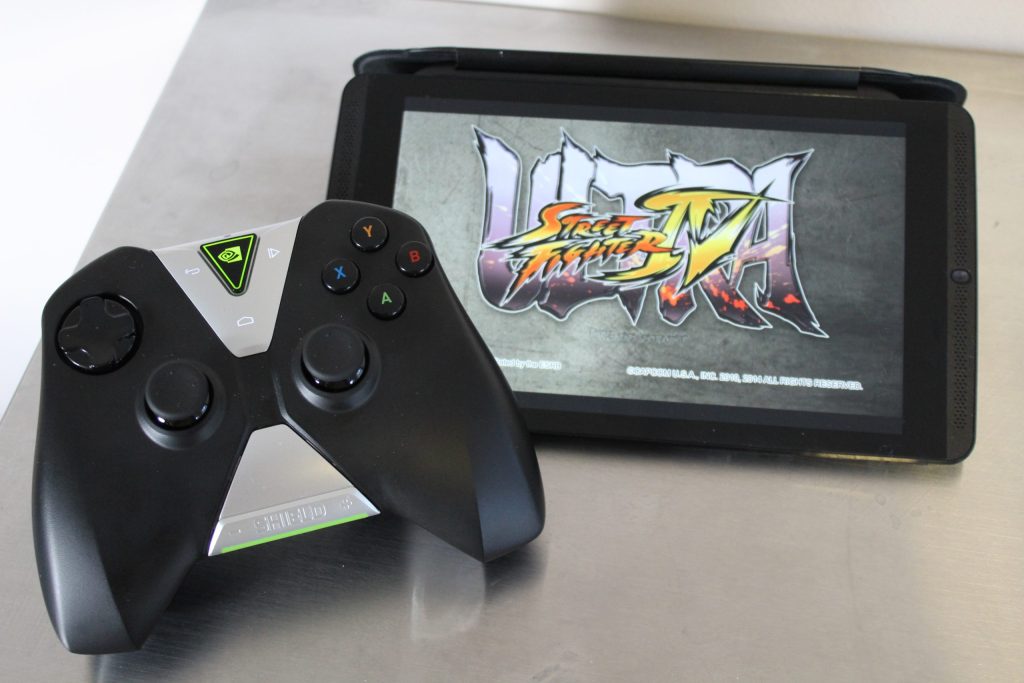
The GRID on-demand gaming service is available in the U.S. and most of Western Europe and will be free for SHIELD owners through June of next year. We have built a powerful gaming system in the cloud and loaded it with great games like Batman: Arkham City and Borderlands 2. And the GRID game catalog will continue to grow.
DFC: After so many years in consumer and commercial graphics solutions how and why did you decide to branch off into cloud computing, supercomputers and mobile hardware?
Jeff: Nvidia is focused on innovating in the field of visual computing. We started with PC gaming. We invented the GPU and expanded into new markets like workstations.
While Nvidia GPUs have led the PC and workstation markets for many years, we enhanced our GPUs with the intention of targeting any parallel computing problem. But before we could move beyond graphics we needed to develop a programming language to help programmers take advantage of the power of the GPU, and we called this CUDA.
Today you will find Nvidia Telsa GPUs used by researchers around the world, powering many of the fastest and most power-efficient supercomputers. You’ll also find Tesla GPUs in many commercial cloud applications, such as accelerating voice and image search as well as machine learning.
With regard to mobile, I mentioned earlier our SHIELD product family, these are powered by our Tegra SoCs, which leverage the same high-performance GPU technology we developed for graphics and computing markets.
Looking forward, we see more opportunities for high-performance, mobile GPUs. Take the automotive industry, for example. Entertainment, navigation and dashboard systems are all moving to a more visually rich experience, powered by GPUs. Autonomous systems for safety and even self-driving will take advantage of the GPU’s computing power.
| Company Name | NVIDIA Corp. | |
| Headquarters | Santa Clara, CA | |
| Founded | 1993 | |
| Employees | 8,800 | |
| Website | www.nvidia.com | |
| Executives | Name | Title |
| Jen-Hsun Huang | Co-Founder, President, CEO | |
| Chris Malachowsky | Co-Founder, SVP | |
| Jonah Alben | SVP, GPU Engineering | |
| Bill Dally | Chief Scientist & SVP of Research | |
| Colette Kress | EVP and CFO | |
| Jay Puri | EVP, Worldwide Field Operations | |
| Jeff Fisher | SVP, GeForce Business Unit | |
| Debora Shoquist | EVP, Operations | |
| Link For Full List | ||
| Type of Products | GeForce | Gaming, PC Graphics |
| Quadro | Processor, Enterprise | |
| Tesla | HPC | |
| Tegra | Mobile, Automotive, Embedded | |
| NVIDIA GRID | Gaming, Virtualization | |
| SHIELD | Android Gaming | |
| Technologies | G-Synch, GeForce Experience, CUDA, SLI, Optimus | |
| Revenue | $1.23B (+16%) | FQ315 |
| $3.43B (+15%) | First Three Quarters: FQ115-FQ315 |

